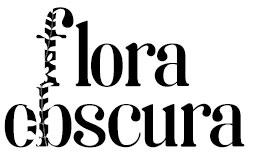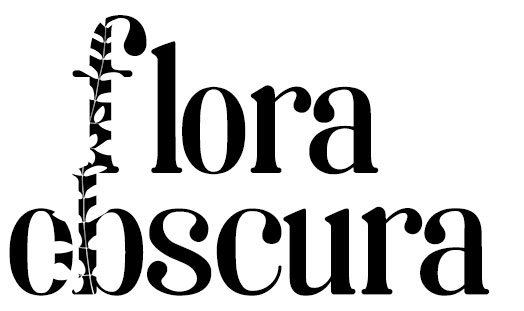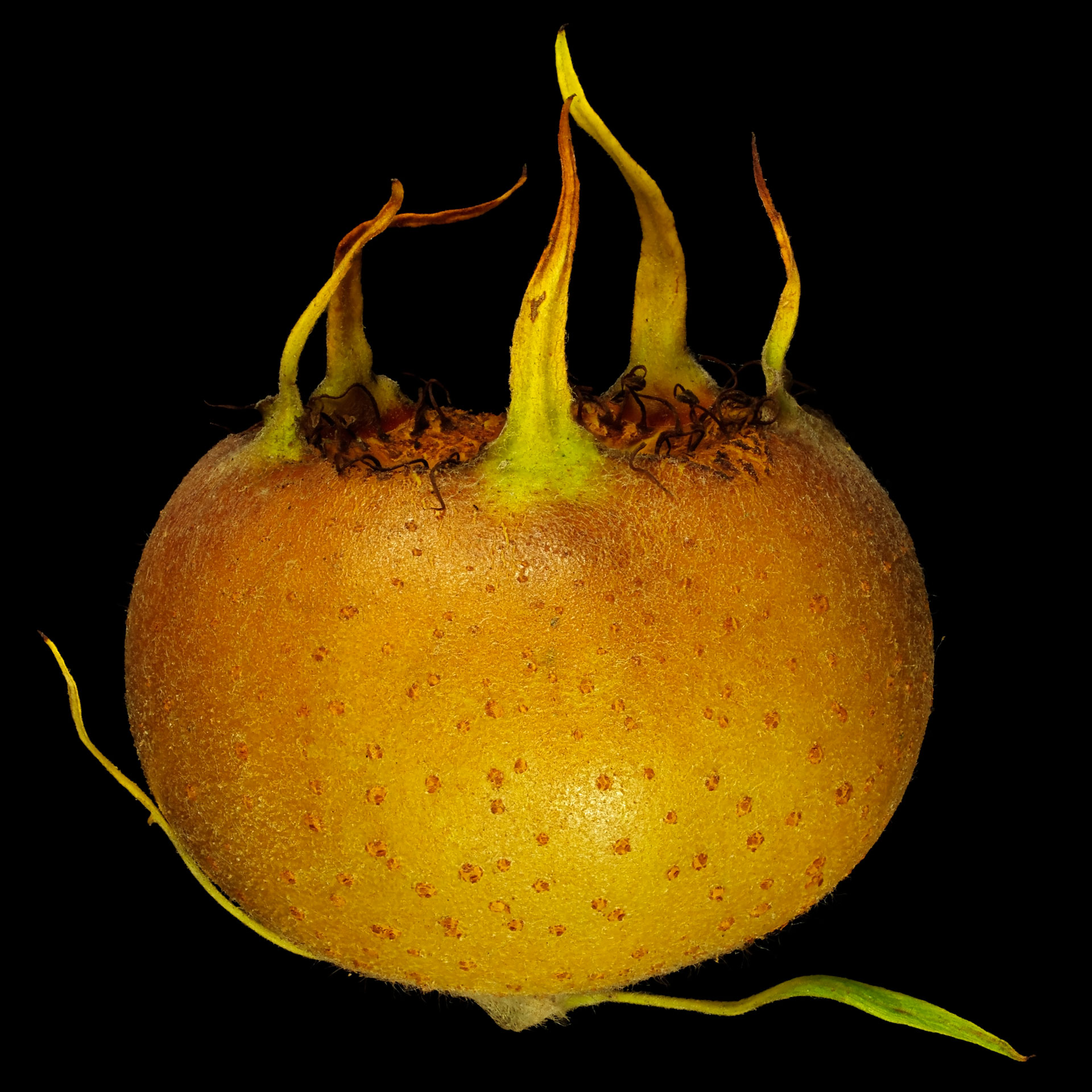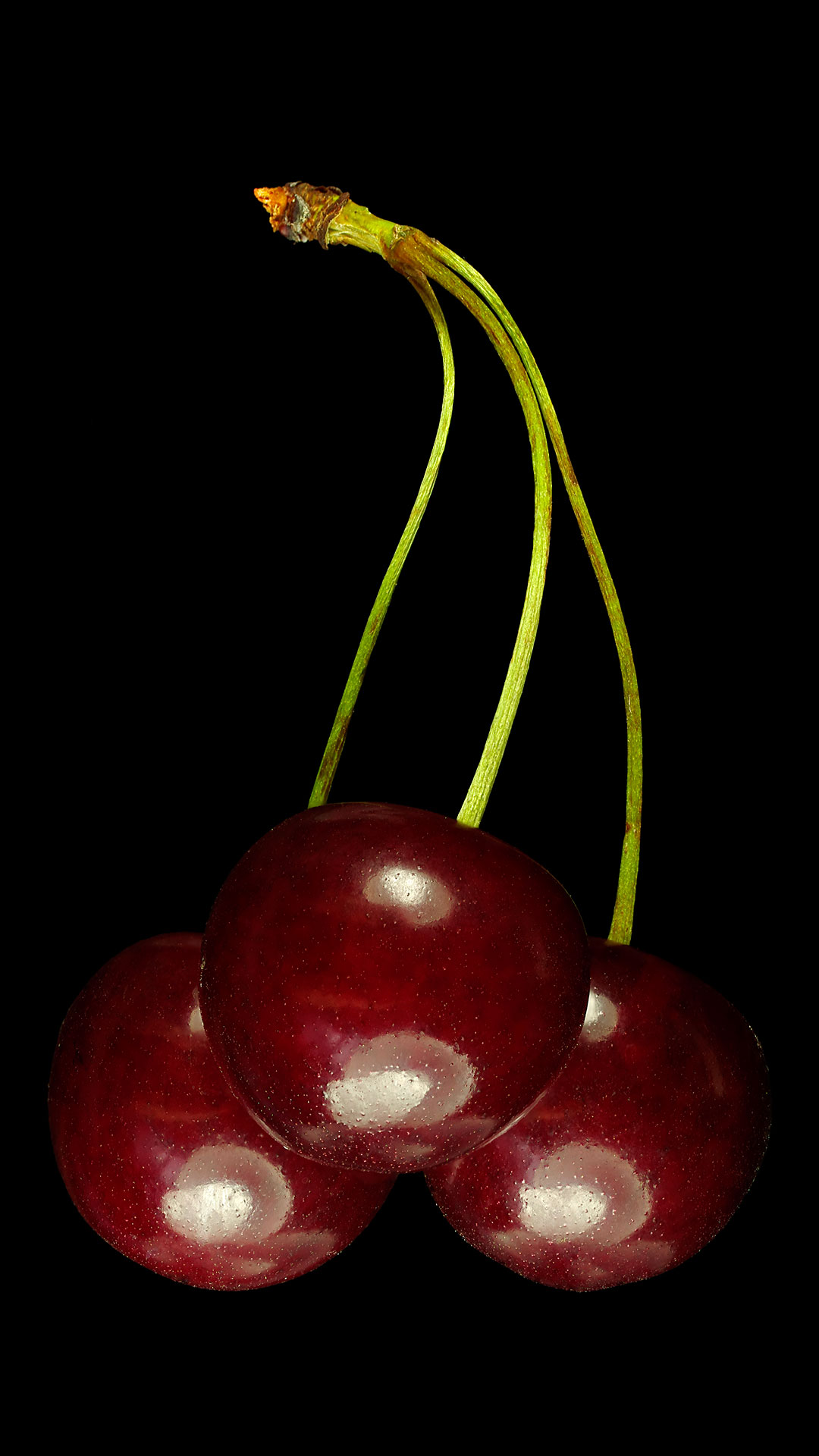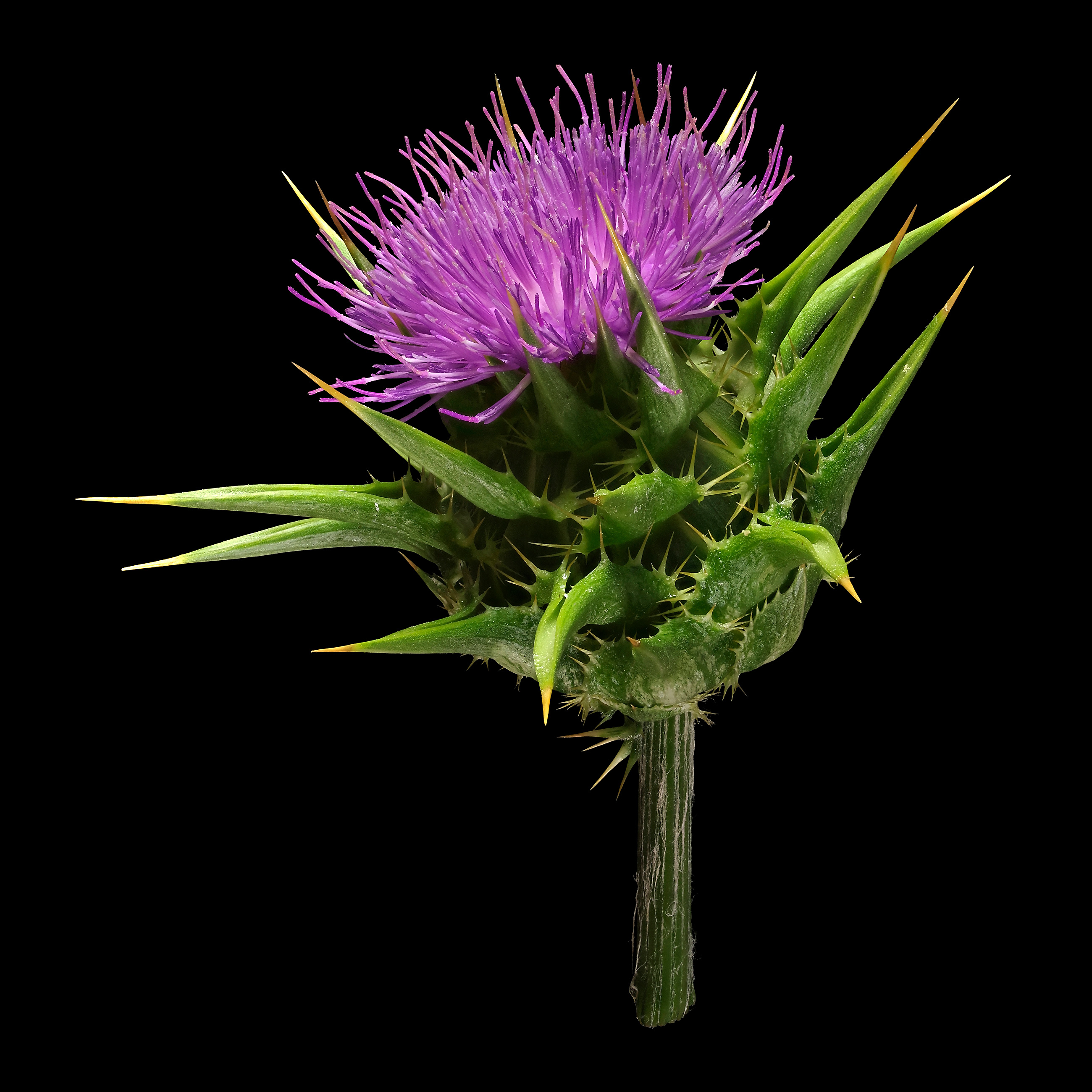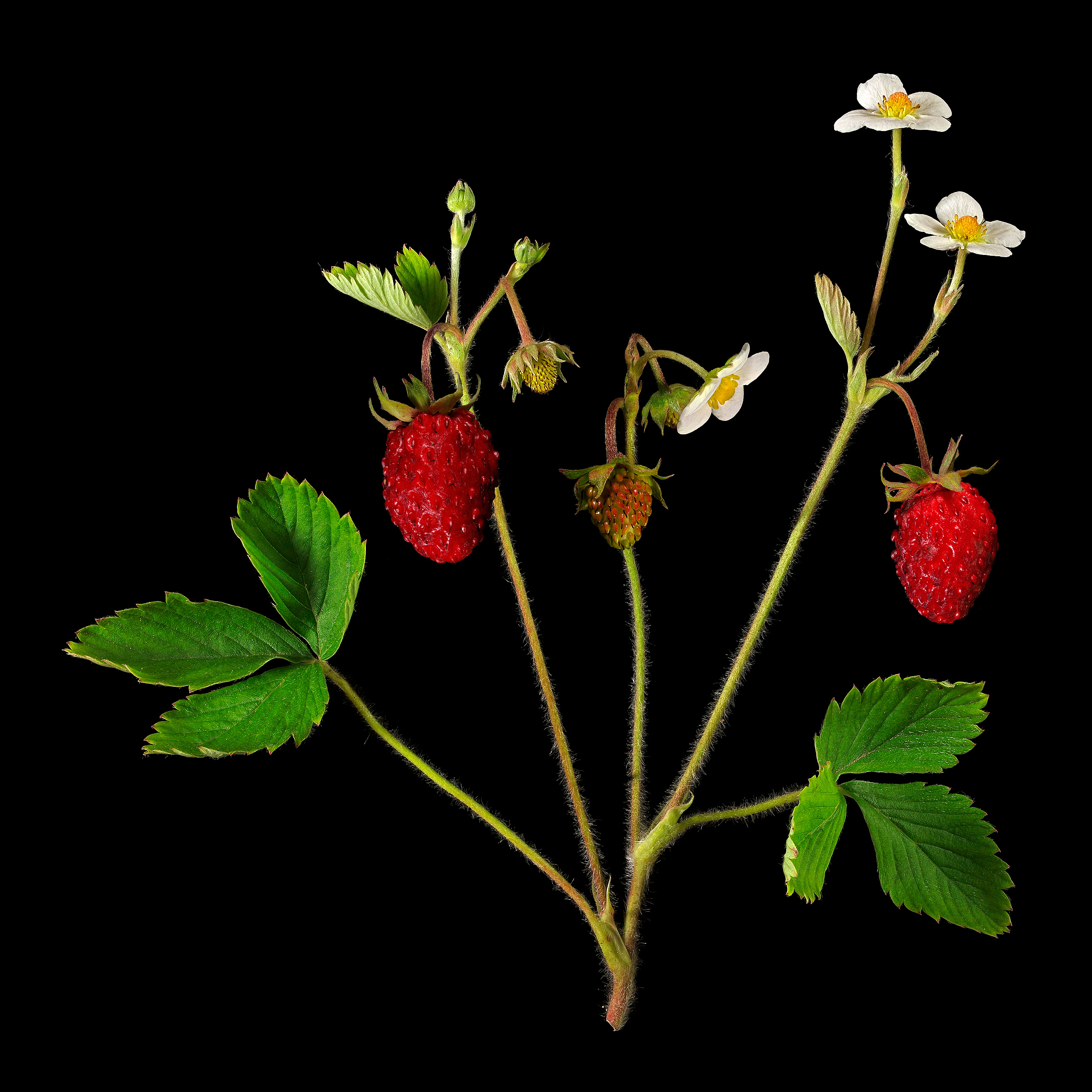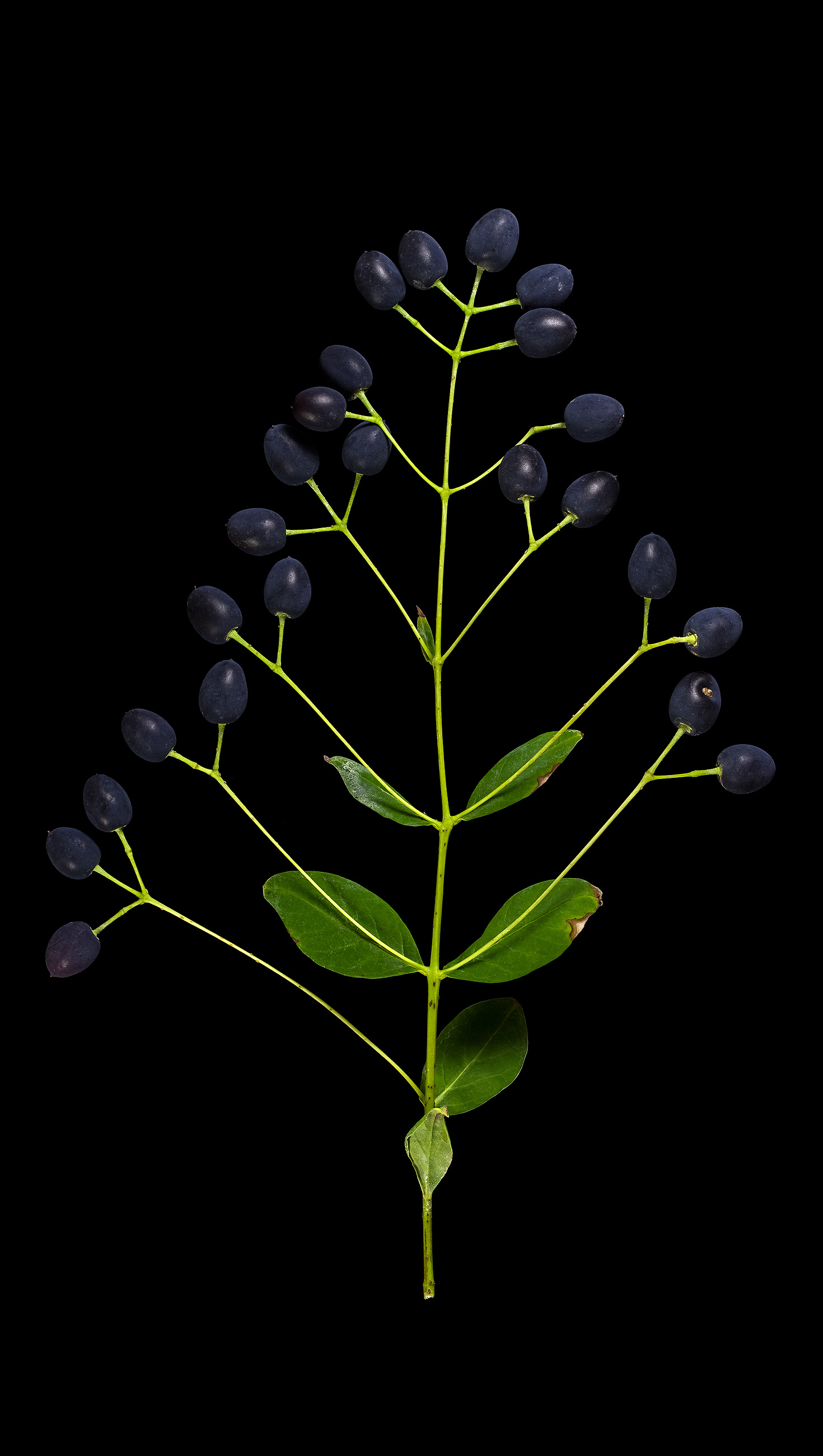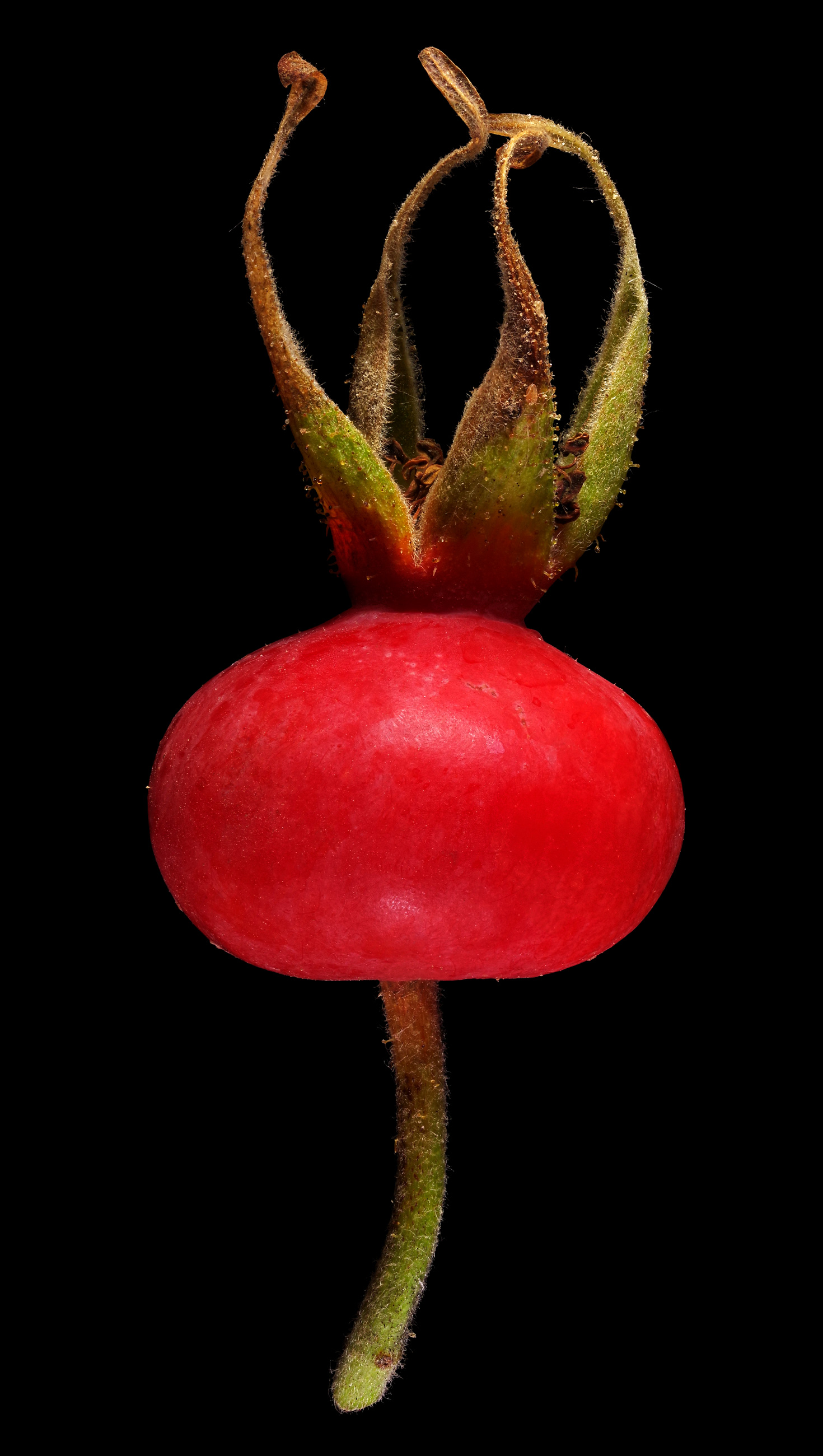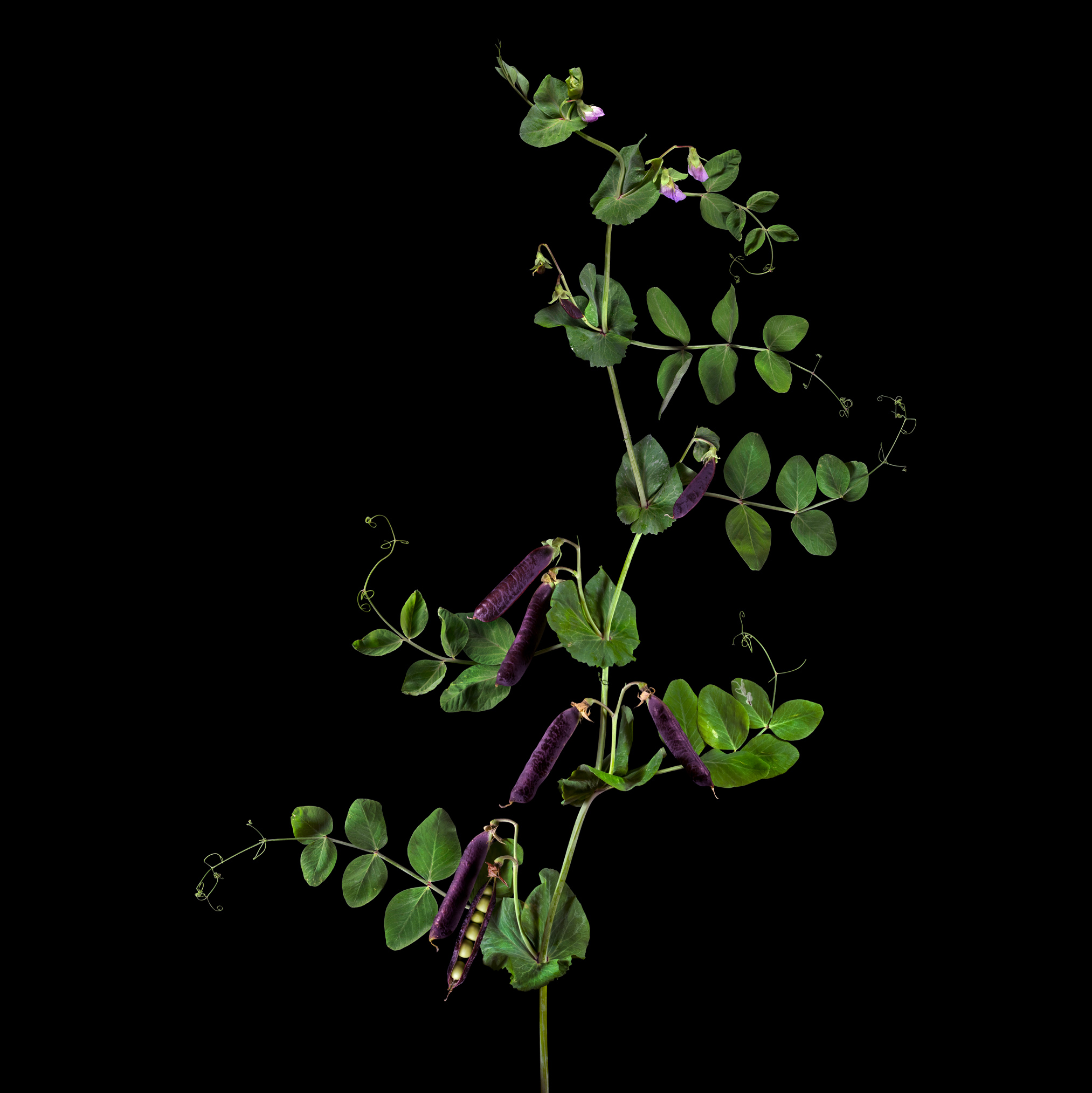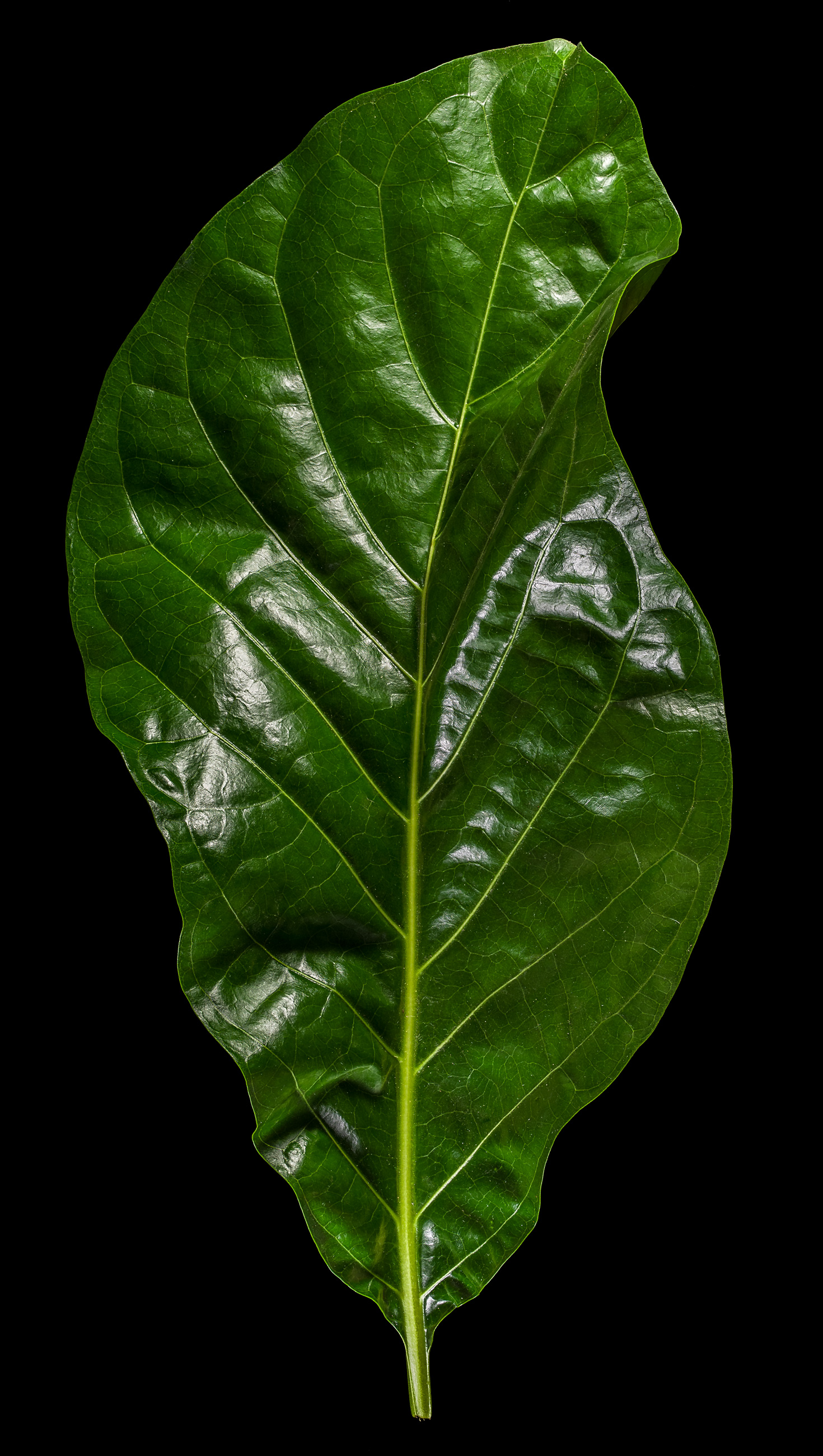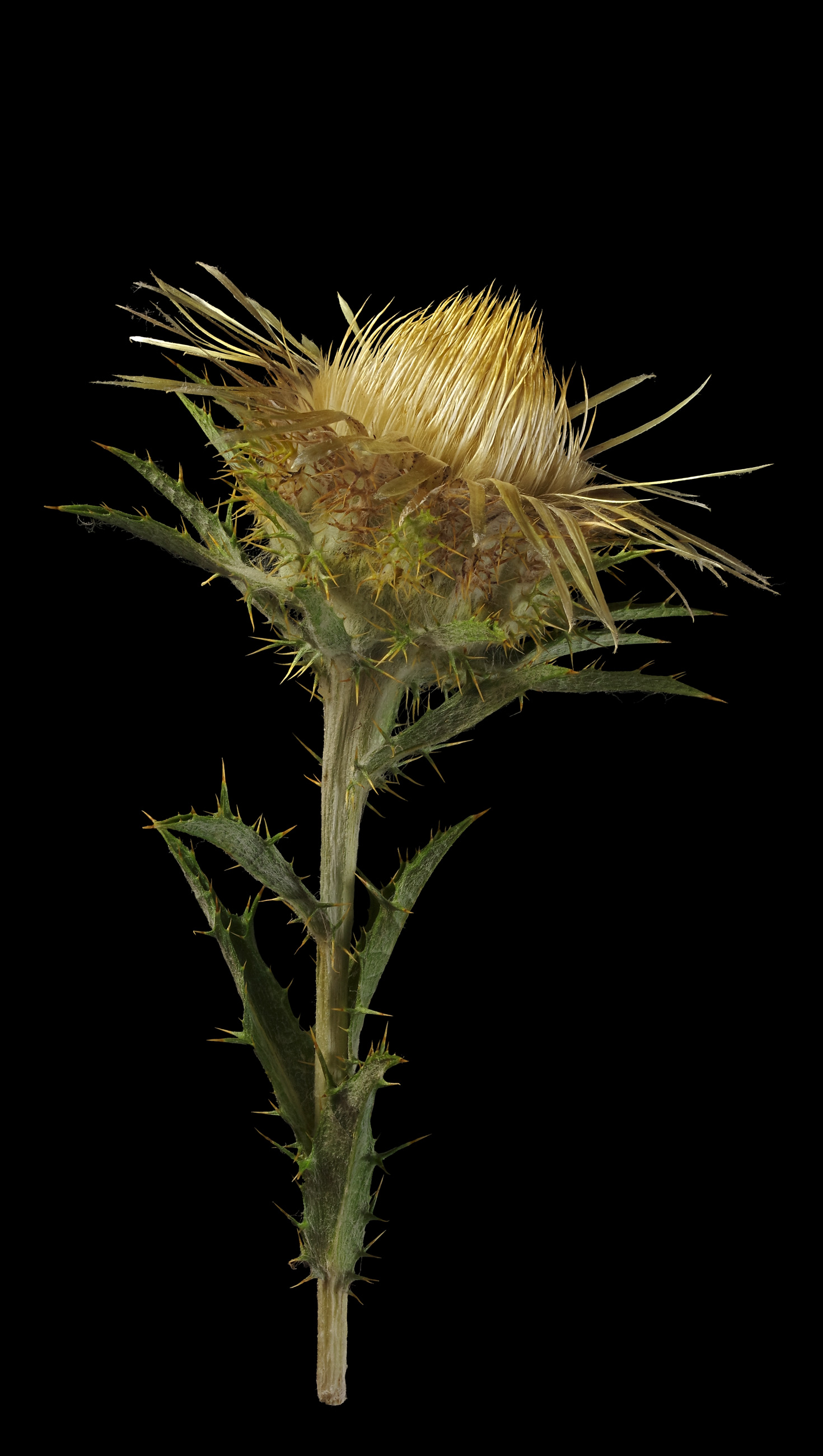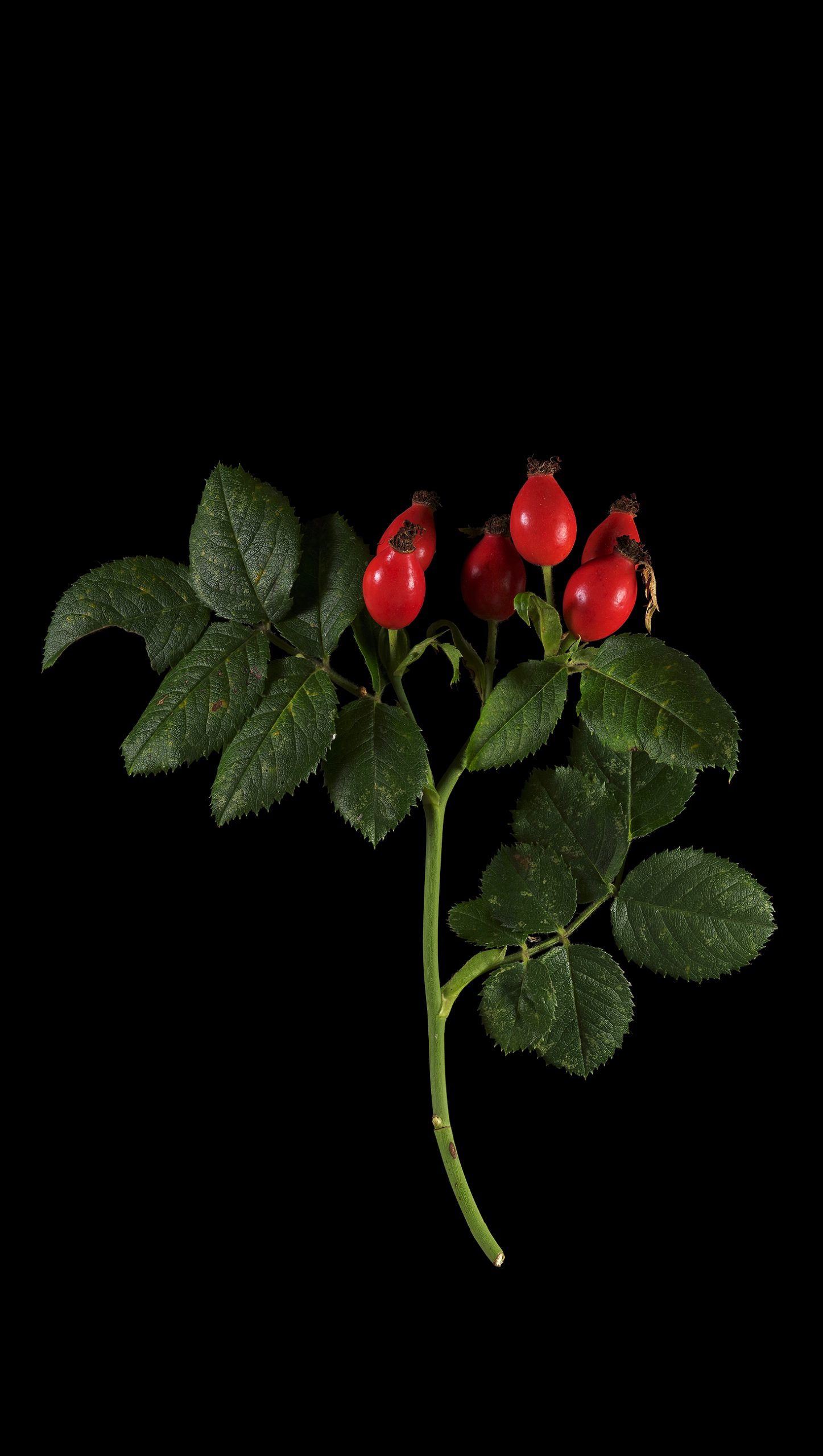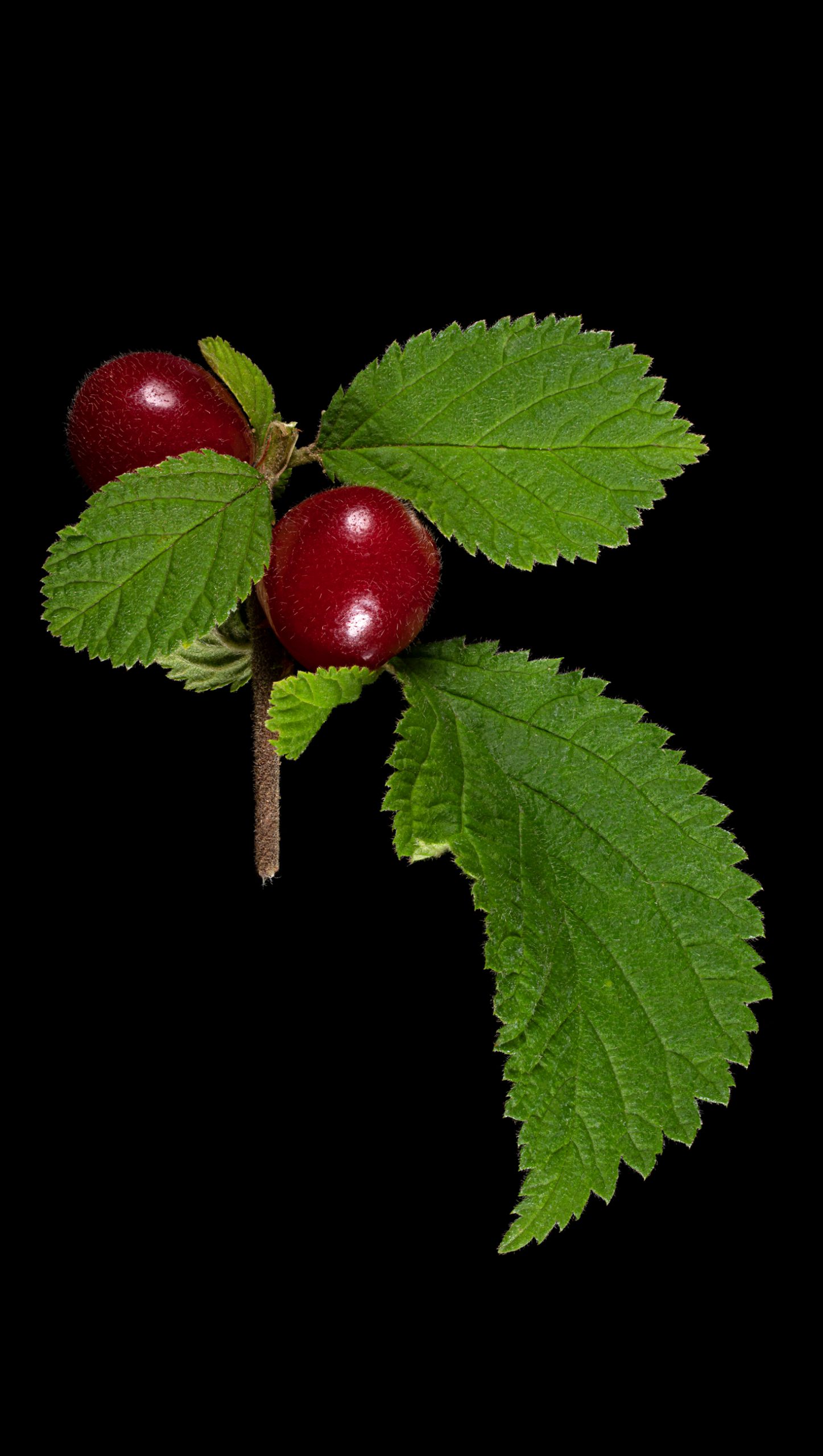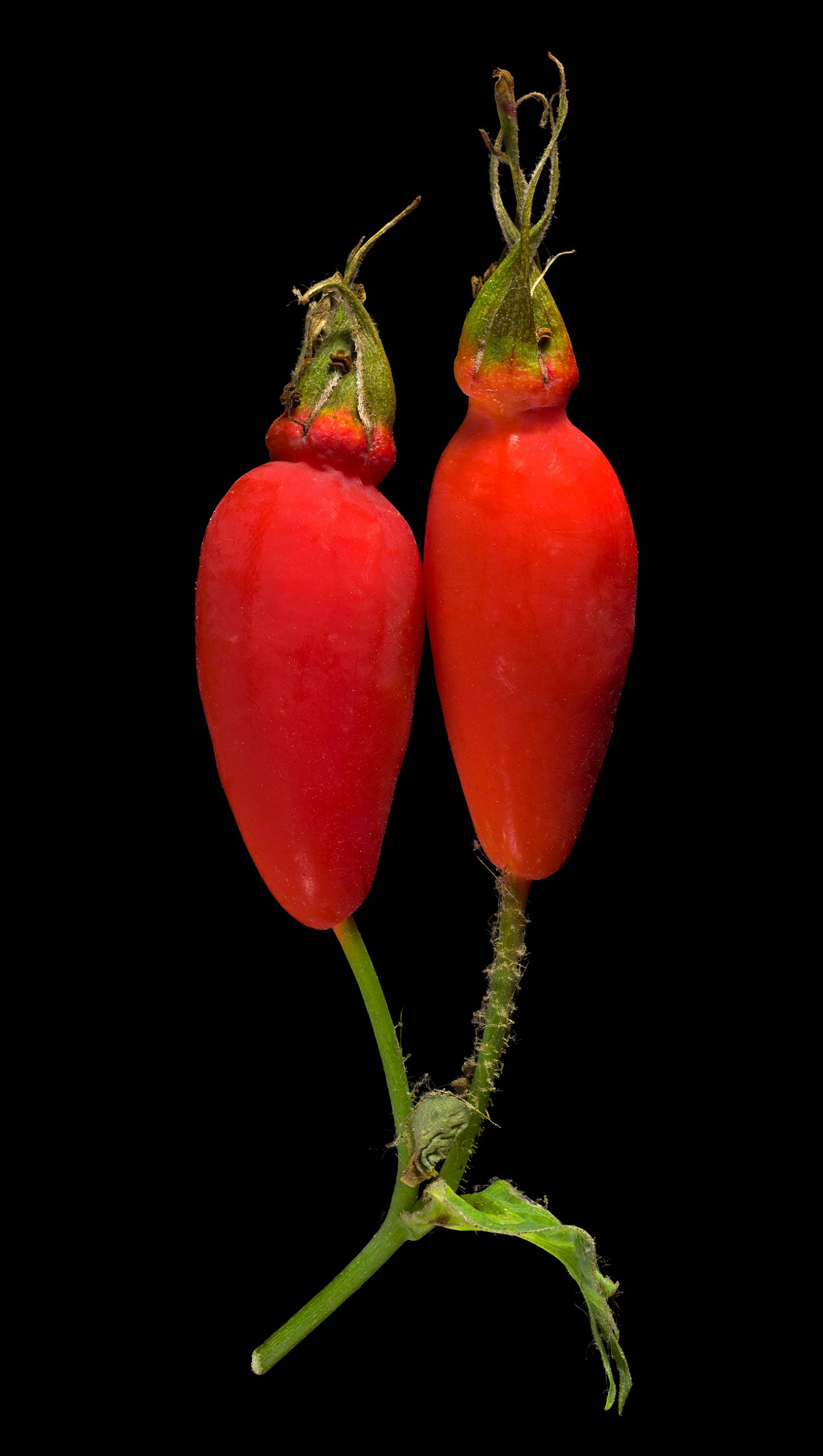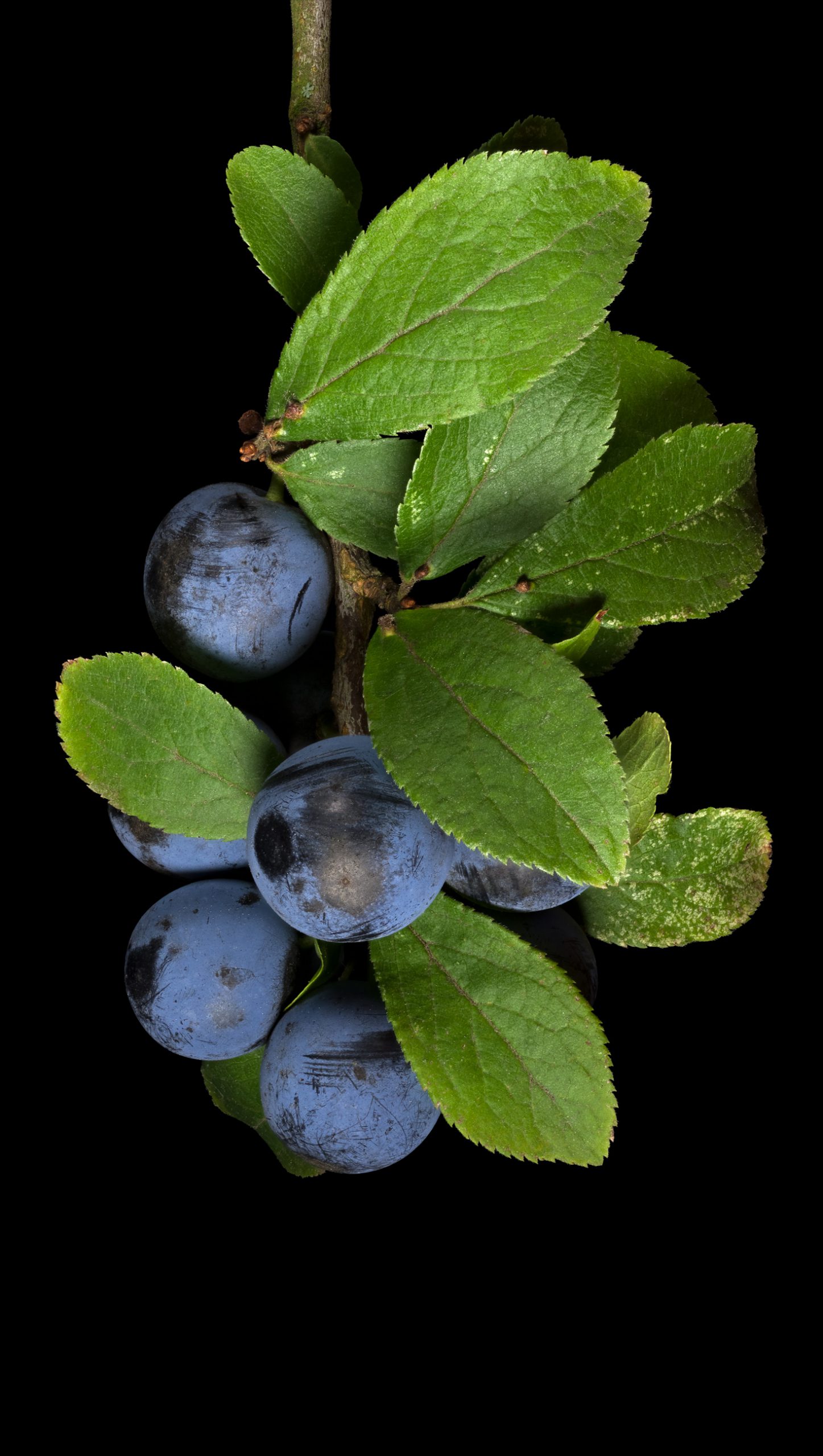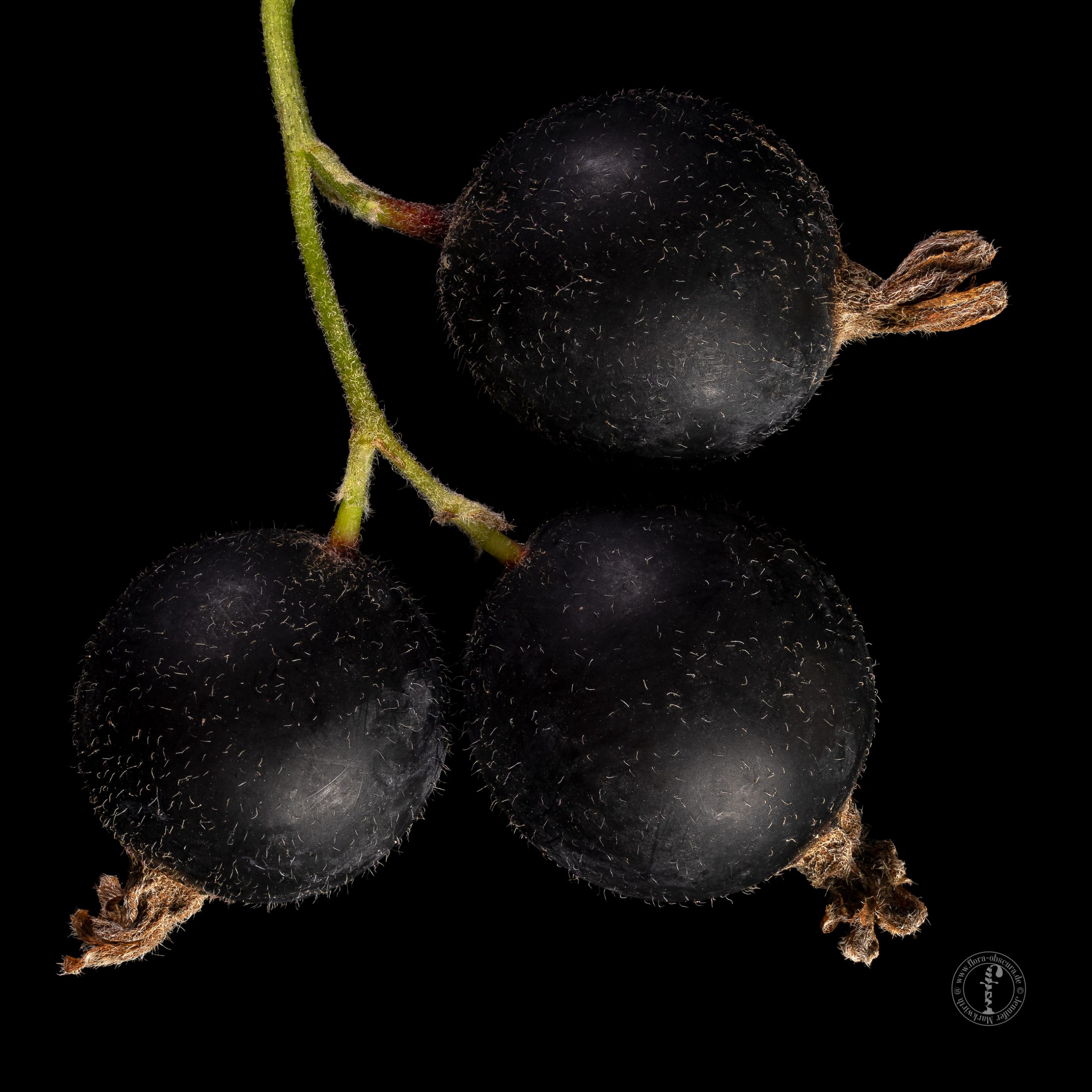Search Results for tart
Eat the young leaves and the unopened flowers, which can also be used as a substitute for capers.
The unique taste compensates for the painstaking production of jelly and compote.
The variety morello cherry (subsp. acida) is well-known and often traded in glass jars, as compotes and jam, and it is an essential ingredient in the Black Forest gateau.
The milk thistle is extremely thorny, but culinarily it is like a small artichoke: The base of the bud is edible.
In addition to the flower buds of milk thistle, which are comparable to artichokes in culinary way, the large, wavy leaves with numerous thorns are also edible.
The fruits are sweet and have a very aromatic taste. They are best eaten raw.
The soft, juicy pulp tastes aromatic of fir, it is tart and resinous, yet very sweet.
Rosehips can be used to make fruit tea and Hagebuttenmark. Dried and ground, they even replace flour and can be mixed with it.
Blauwschokker peas are mainly used as dry peas, less often fresh, although they taste sweet as long as they are harvested young and tender and are eaten immediately.
The lanceolate, small leaves with the silver hairs can be prepared as tea, which is said to be more delicious than the classic tea.
Bai-yo or noni leaves are rich in vitamin A and like the fruits they are also offered as superfood in various forms.
Zwetschgen are eaten fresh, processed into zwetschgendatschi tart, schmootsch and as dried fruits.
The flower bases of the buds can be eaten like an artichoke, but those of the carline thistle are much smaller and hardly productive.
All parts of meadow clover are edible, and a flour made from the ground leaves tastes of vanilla.
Rosemary is an important kitchen herb and spice. It is a component of the herb mixture „Herbs de Provence“.
Rosehips can be used to make fruit tea and Hagebuttenmark.
The hairy fruits, which grow on very short stems almost directly on the branch, are juicy and soft, slightly sweet and tart.
North American natives made tea from the leaves and also ate them as a salad. The inner bark was smoked like tobacco.
Quinces are rarely eaten raw. They are mainly consumed as jelly, stewed fruit, mush, chutney, schnapps and „dulce de membrillo“.
Blackthorn fruits are made into jam, jelly and compote.
The black, round berries with white little hairs are best eaten fresh as soft fruit, but they are of course also suitable for making jam, jelly, juice and liqueur.
